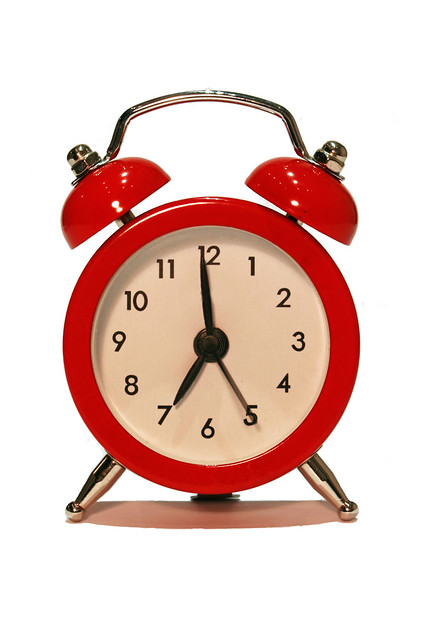A few months ago, I wrote a blog post about Lupus Disease; it is an autoimmune disorder that is related to Rheumatoid Arthritis. While I took the time to describe the disorder and the various problems that arise from the disease, there was not much about the pain management aspect in that post.
People with lupus disease often feel stiff and exhausted in the morning. It has been suggested that moist heat can help provide some relief. Try a bath or a long hot shower in the mornings; if that is not possible try using a moist heating pad for about thirty minutes prior to wake up time. Another option is to purchase an electric blanket with a timer, and set it to come on one half hour before you need to wake up for the day.
If you think ahead, you could set things up for morning in the kitchen before you go to bed. If the table is set and the coffee pot is ready to go, life is good!
It's important to face the day knowing that because of your health issues, you need to set limits on what you're going to do for the day. Mornings are a good time to think through what you plan to achieve, and to decide if it's too much for one day, or not.
Looking in the mirror in the mornings can be a challenge for lupus patients. Hair loss is one of the problems that can occur; sometimes health insurance will actually pay for a wig if this is an issue. Oral lesions and dry mouth can be problematic; work with a dentist to optimize care of the mouth. Lastly, people with lupus are more sensitive to sunlight than others; lesions on the skin can develop and can be uncomfortable and unsightly. It is important to protect your skin from excessive sunlight with clothing or sunblock.Work with a skin care expert to help determine which products are gentle enough for your skin, and can help mask any blemishes that are bothersome to you.
Sources: WebMD, Wikimedia,Flickr
At this point, there is more information to share --and here it is!
People with lupus disease often feel stiff and exhausted in the morning. It has been suggested that moist heat can help provide some relief. Try a bath or a long hot shower in the mornings; if that is not possible try using a moist heating pad for about thirty minutes prior to wake up time. Another option is to purchase an electric blanket with a timer, and set it to come on one half hour before you need to wake up for the day.
If you think ahead, you could set things up for morning in the kitchen before you go to bed. If the table is set and the coffee pot is ready to go, life is good!
It's important to face the day knowing that because of your health issues, you need to set limits on what you're going to do for the day. Mornings are a good time to think through what you plan to achieve, and to decide if it's too much for one day, or not.
Looking in the mirror in the mornings can be a challenge for lupus patients. Hair loss is one of the problems that can occur; sometimes health insurance will actually pay for a wig if this is an issue. Oral lesions and dry mouth can be problematic; work with a dentist to optimize care of the mouth. Lastly, people with lupus are more sensitive to sunlight than others; lesions on the skin can develop and can be uncomfortable and unsightly. It is important to protect your skin from excessive sunlight with clothing or sunblock.Work with a skin care expert to help determine which products are gentle enough for your skin, and can help mask any blemishes that are bothersome to you.
Sources: WebMD, Wikimedia,Flickr

Comments
Post a Comment